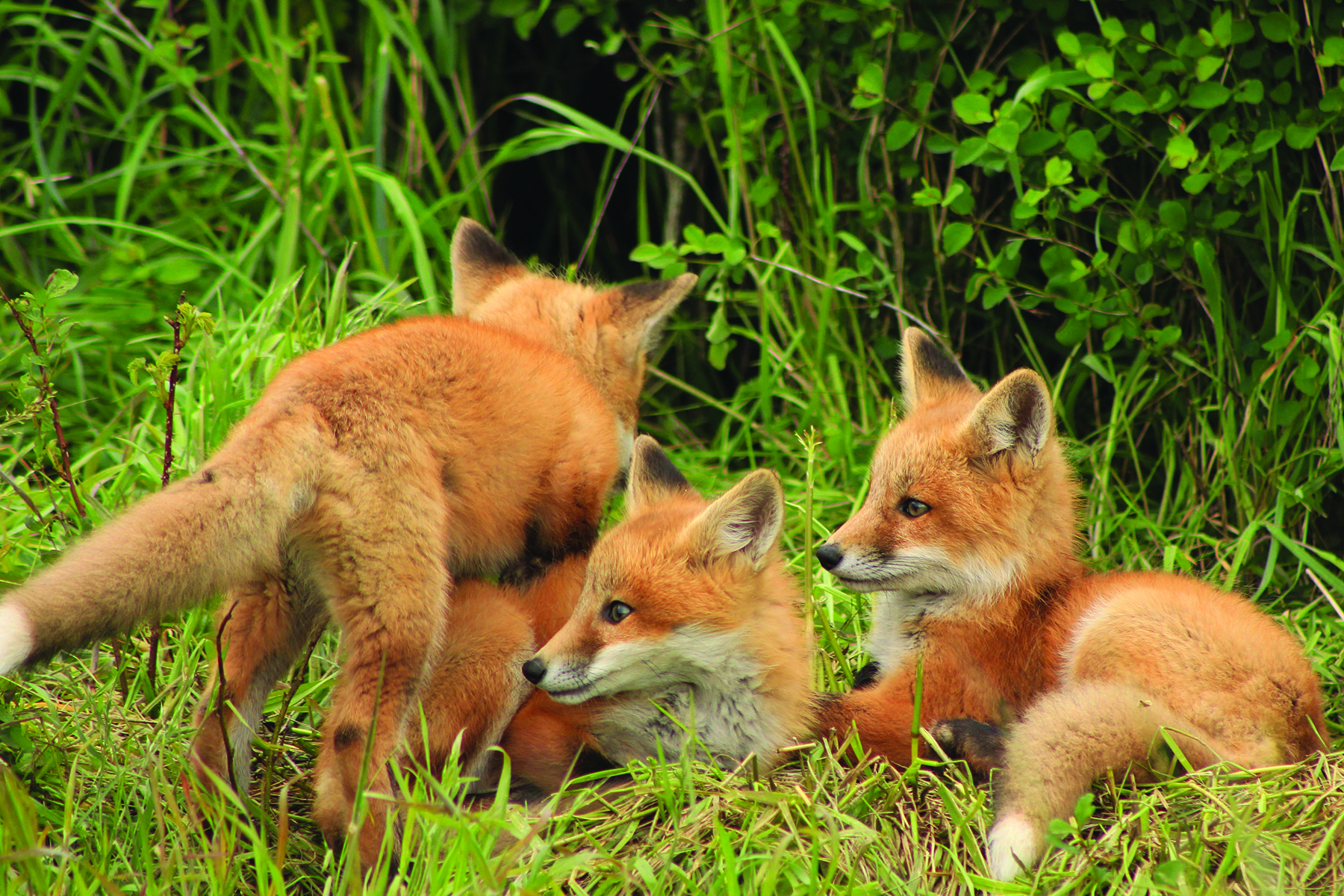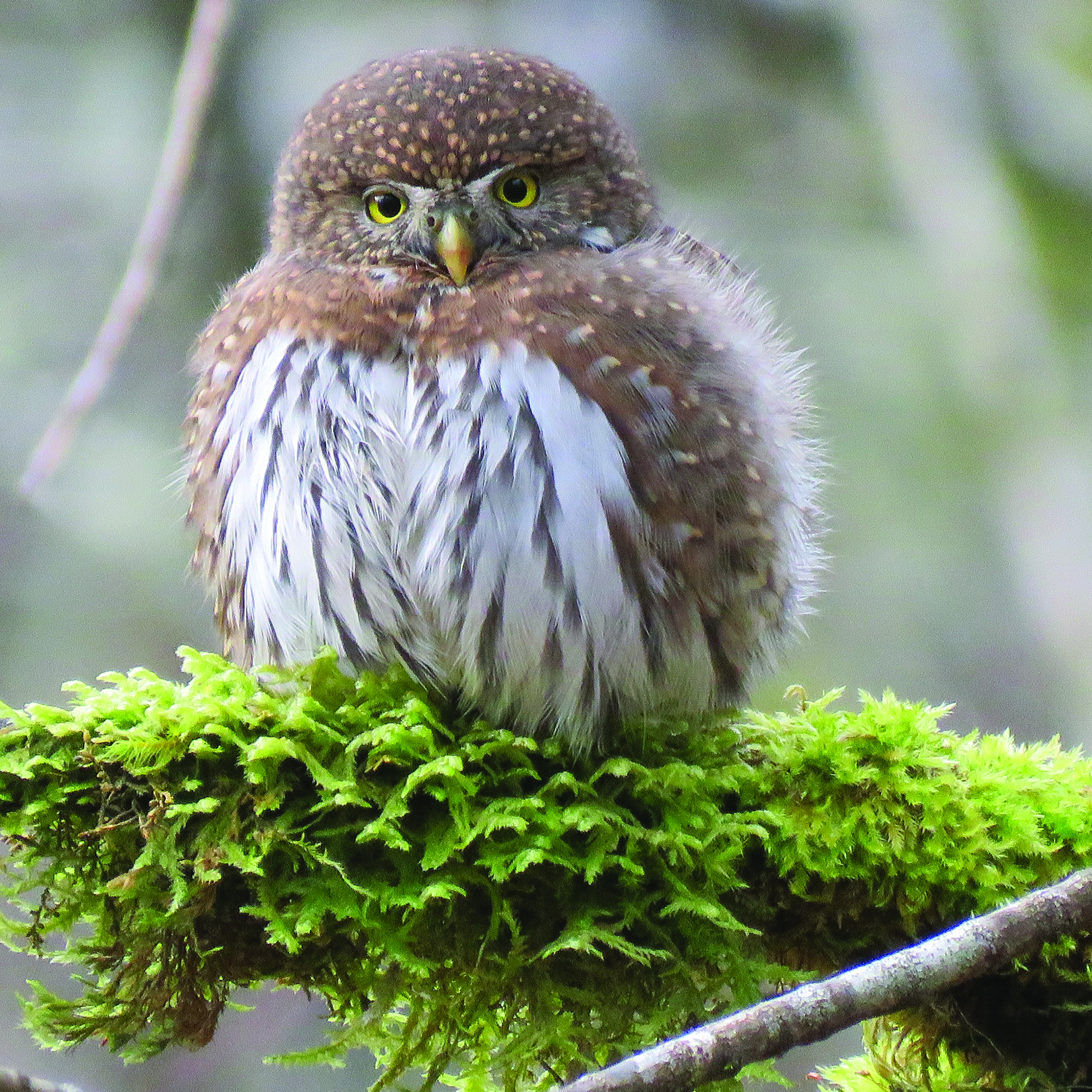 Washington Trails
Association
Washington Trails
Association
Trails for everyone, forever
As the state’s population grows, along with the demand for trails, hikers have a major role to play in caring for these places and enjoying them responsibly | by Melani Baker
Trails connect us to nature, and to our place in it. Whether you are a birder adding species to your life list or a hiker getting your first glimpse of a pika, wildlife sightings add surprise and joy to a hike. Sharing space with wildlife on trail reminds us that we are not the only creatures who depend on the nature around us.
When photographing wildlife, be sure to stay on trail, even when you see cool animals on your hike. Photo by Robin McCurdy.
Trails are our best tool for creating access to the outdoors while limiting impacts to wildlife and landscapes. For trails to do their job, hikers need to help.
The landscape of Washington state is changing. As the state’s population grows, along with the demand for trails, hikers have a major role to play in caring for these places and enjoying them responsibly. This article is part of a series exploring the future of hiking and recreation in Washington state, and how we can all work together to protect and steward trails and public lands.
Hikers have an impact. The presence of humans changes animals’ behavior. While our impact varies greatly by the species we encounter, the type and timing of our recreation, and the habitat involved, we know that our presence outdoors can disturb wildlife. We have more information about how animals respond to human presence, in terms of increasing alertness, fleeing and changing their activity patterns. We have less information about how this affects their stress levels, reproductive success and the overall health of the population, particularly the thresholds for when and where recreation begins or ceases to affect wildlife. WTA supports additional research into the ways that recreation impacts wildlife.
When we think about the very different ways that animals survive — think a grazing mountain goat versus a hunting cougar — it’s no surprise that not all animals respond in the same way to the presence of hikers. While there are variations across species, there are some common threads.

Another common thread across species is that animals are more sensitive during breeding and birthing seasons. Pregnant females are most vulnerable to disturbance, but all members of a species may be more sensitive during these important times of year. The season when we are hiking can also play a part for other reasons, like during the winter months when food is scarce.
“Outdoor recreation can pose some challenges for wildlife, especially during critical times of the year or in important habitats. Public lands are not playgrounds but living landscapes that need respect,” said Kurt Hellmann, Conservation Northwest’s wildlife recreation coexistence senior coordinator.
Earlier this year, the Washington Department of Fish and Wildlife (WDFW) piloted a seasonal closure on sections of the Methow Wildlife Area for the first time to protect wintering grounds for mule deer, whose population has been struggling. We don’t know conclusively what impact the closure is having, but WDFW says that early observations suggest it’s helping.
As recreation and conservation in our state continue to evolve, we need to be ready for new management techniques and decisions. We can be part of the process and use our voices as hikers when management decisions are being made. In the case of the Methow Valley temporary closures, WDFW held community meetings to gather and integrate input from the public before making their decision.

“It’s important that we never lose our right to access our traditional foods and our materials that we gather, our fish and our game, and all those things from the land and the water that our people remain spiritually connected to which defines us and our living culture,” wrote Ray Fryberg Sr., the Tulalip Tribes’ Tribal research historian, in the report “The ‘Recreation Boom’ on Public Lands in Western Washington: Impacts to Wildlife and Implications for Treaty Tribes.”
The following tips will help keep wildlife safe, so future generations of hikers can enjoy the same delight you do when you spot your favorite Washington wildlife. We compiled these tips from Conservation Northwest, Leave No Trace principles and WTA’s Trail Smarts series.
Wildlife conservation areas offer hikers the chance to glimpse wildlife while protecting native species of wild flora and fauna. Get started with some of these hiking ideas:
Use WTA’s Hiking Guide to find them by searching for hikes with “refuge,” “preserve” or “conservation” in their names. Keep in mind dogs are not allowed at wildlife refuges.

Incredible wildlife shots, like of these two goats, can be taken from a safe distance away from the animals. William Swigart
You can learn how to hike safely in bear, rattlesnake or cougar country (and around other species) with WTA’s Trail Smarts series.
As people who love the outdoors, we want to care for wildlife while we explore the ecosystems where they live. If you see others outdoors who aren’t familiar with the tips shared above, you may want to let them know best practices. Approach any conversation with another hiker about best practices with an open and curious mind to get the best results. We want to respect wildlife and everyone who is outside looking to connect with nature like we are.